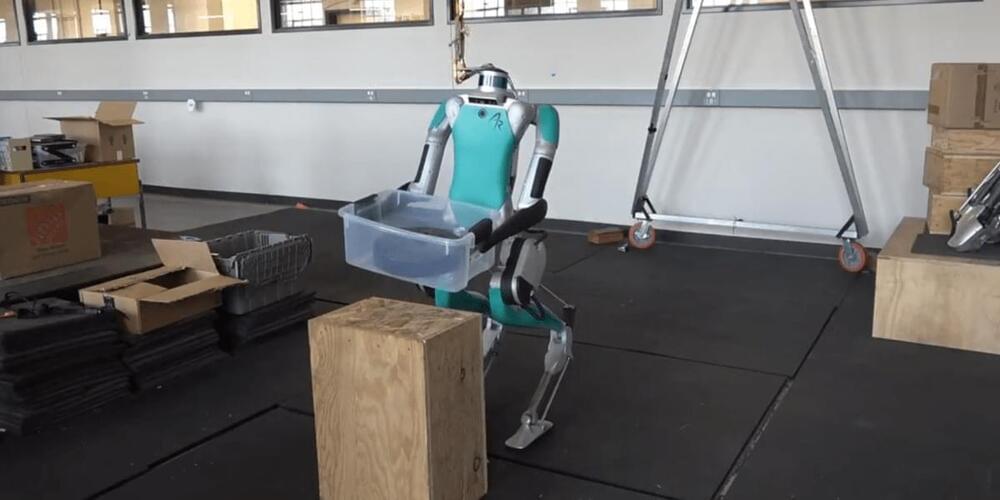Hugging Face has published a new leaderboard and benchmark for evaluating generative AI models on health-related tasks and questions.
Mission to explore the surface of the only moon in the solar system with an Earth-like atmosphere will launch in 2028 and arrive at Saturn’s giant moon in 2034.
VASA is a framework for generating lifelike talking faces with appealing visual affective skills.
A recent study published in the Journal of Neuroscience Research offers an intriguing perspective on the effects of regular cannabis use. Contrary to the commonly held view that cannabis has primarily negative impacts on mental health and behavior, the study suggests that regular cannabis users may have a heightened ability to understand the emotions of others. This enhanced empathetic ability is linked to increased connectivity within certain brain regions, particularly the anterior cingulate cortex, a key area involved in processing empathy.
Cannabis is one of the most widely used psychoactive substances worldwide, yet its impact on mental health and cognitive functions remains a subject of contentious debate. Traditional research predominantly highlights the negative consequences associated with cannabis use, particularly its potential to impair cognitive functions and contribute to mental health issues.
These studies often focus on how cannabis interacts with brain regions like the anterior cingulate cortex, which is known to have a high density of cannabinoid receptors and plays a significant role in cognitive processes such as decision making and emotion regulation.
“This remains I think an enormous concern,” the UN health agency’s chief scientist, Jeremy Farrar, told reporters in Geneva.
Cows and goats joined the list of species affected last month – a surprising development for experts because they were not thought susceptible to this type of influenza. US authorities reported this month that a person in Texas was recovering from bird flu after being exposed to dairy cattle, with 16 herds across six states infected apparently after exposure to wild birds.
The A(H5N1) variant has become “a global zoonotic animal pandemic”, Farrar said.
Google is consolidating its generative AI teams under the leadership of DeepMind to accelerate the development of more advanced models, building on previous consolidation efforts such as the merger of DeepMind and Brain last year.
A diss track featuring the apparent vocals of rapper Kendrick Lamar made its rounds on social media earlier this week, escalating the beef between him and Aubrey “Drake” Graham.
Now a 23-year-old musician who goes by the moniker Sly the Rapper has come forward, alleging he’s behind the viral track, which was titled simply “Freestyle.” And guess what? He says it was AI-generated.
That’s impressive, because it fooled plenty of people into believing it was the real thing.









